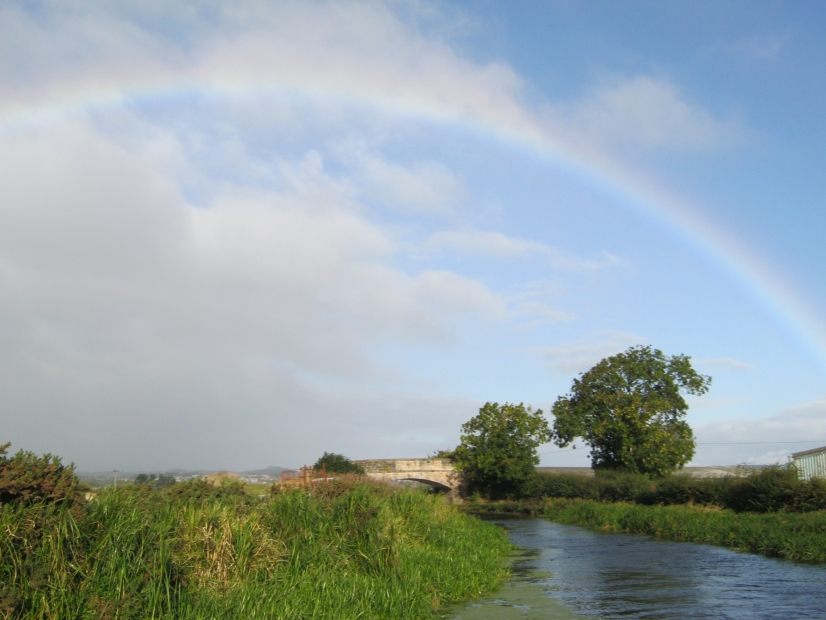I was born very close to the ground where Tottenham Hotspur played their home matches, so once I was old enough to understand such things, I loosely claimed Spurs as 'my' team. Living in Northampton, I also learned a fondness for dear old Northampton Town, Cobblers by name, and often by nature. I never got into football, but in school days it was always helpful to be able to identify who one supported - and Spurs or Cobblers were fairly safe choices!
Yesterday the result of a Spurs match rendered Leicester City champions of the English Premier Division. And I was really pleased for Leicester, even if it leaves Spurs as 'bridesmaids'! Serving a church in Leicestershire for six years, I retain a deep affection for the county, and cannot but delight in this well deserved victory. Leicester is one of the most racially and religiously diverse cities in the UK and, if memory serves, the first where to be white skinned is to be in the minority. It is a city largely devoid of racial and religious tensions - at least in my experience - and so an example of what can be achieved. I really hope that the short term celebrations and civic pride will transition into a longer term sense of self-worth in an area that overall has pretty low community self-esteem. I hope that all that is good and great about this East Midlands city will be discovered and enjoyed by visitors who come to discover the place where the Foxes play.
Less trumpeted (i.e. not at all) is that Cobblers had secured victory in League 2 while Foxes still had work to do. Cobblers are one of those stalwarts of the lower divisions, seemingly capable of promotion one season and relegation the next. To my knowledge, they remain the only team to have been promoted from Divsion 4 (as it then was) to 3 to 2 to 1 and then relegated to 2 to 3 to 4 all in successive seaons. Maybe not the best claim to fame, but a unique one.
Many of my family and friends are Spurs fans, and it has been lovely to see their social media posts delighting in Leicester's success even as they are disappointed to know that, yet again, top slot has eluded them.
I really have no interest in "the beautiful game" but it is good to rejoice with everyone I know in Leicestershire and Northamptonshire.


